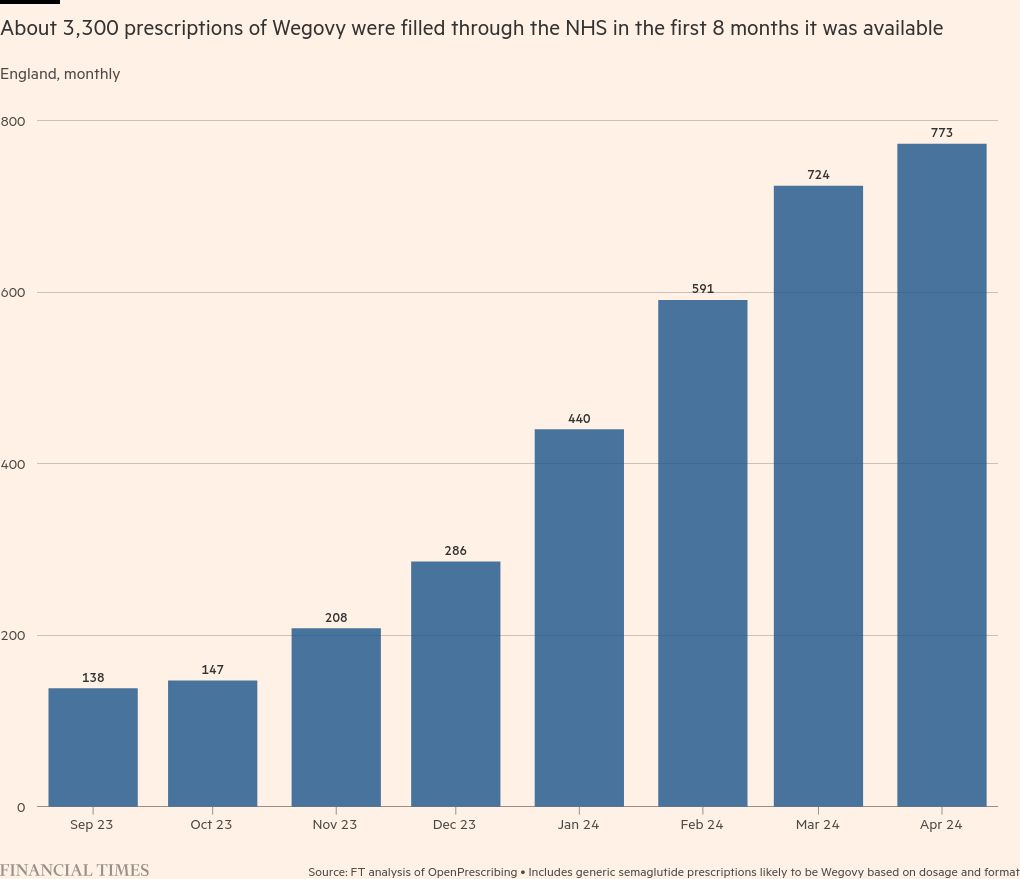With brand-name bottle styles and gallon-a-day water challenges trending on TikTok, hydration is here, which is good news for health. The average human body is over 60% water. About two-thirds of your brain and heart, 83% of your lungs, 64% of your skin, and 31% of your bones are made up of water. It is involved in almost every process that keeps you alive. So if you’ve gotten on the water-drinking bandwagon, you’re doing a great job.
“Water is essential to your body’s survival,” says Crystal Scott, a registered dietitian at Top Nutrition Practice. “It plays a critical role in regulating your temperature, transporting nutrients, removing waste, lubricating your joints and tissues, and maintaining your body’s delicate balance of electrolytes and fluids.”
You lose water when you breathe, sweat, urinate, and metabolize food and drink into energy. If you don’t replace that fluid, your health can decline faster. Without food, your body can last three weeks or more. But without water you will die in a few days. There are many systems that depend on it.
“I like to connect our bodies with the earth,” says Scott. “Our earth consists of a large percentage of water. If that amount decreases, what will happen to our food systems? Our forests? Animal life? It’s a domino effect.”
To keep that first domino from falling, she says, drink.
“That’s the starting point when looking at any kind of change or your nutrition or your lifestyle issues — first and foremost, assess water intake,” says Scott. “It helps with fullness cues, it can improve cognitive function, mood, physical function and prevent health problems like constipation, kidney stones and urinary tract infections. It is one of the basic building blocks.
Bottom line: water is life. But how much do you need to spend per day to not only survive but thrive?
How many ounces of water should I drink per day?
A common rule of thumb you may have heard is the 8×8 rule: drink eight eight-ounce cups of water a day. If you achieve that, you’re doing well, says Scott. But you can benefit from some adjustments.
“I don’t think the amount is necessarily wrong, but I think research has definitely evolved over time,” she says. “Water recommendations vary by age, sex, and activity level.”
Your dietary recommendations may vary depending on your lifestyle. For example, if you live in a hot and humid climate, get a lot of physical activity, are pregnant or breastfeeding, you may need more water daily than the average adult. Your doctor can help guide you.
The National Academies of Sciences, Engineering, and Medicine recommend an average daily water intake of 125 ounces for men and 91 ounces for women. If you’re not filling up exactly that amount of water every day, you’re still probably close or even more, because you’re also getting water from food, says Scott.
“You can get a lot of hydration from foods like celery, oranges, strawberries, melons and cucumbers,” she says. “All are hydrating foods that can help supplement your water intake.”
How much water?
Although it is rare, it is possible to drink too much water. It’s a condition called hyponatremia, and it happens when the amount of water in your system overwhelms your kidneys and they can’t maintain a normal filtration rate. The sodium content of your blood becomes dangerously diluted, causing your cells to swell. Certain health conditions, such as kidney failure and heart failure, put you at increased risk for it, and some high-level athletes can experience it if they don’t replace their electrolytes after exercise.
How do I know if I’m drinking enough water?
For the majority of the population, the big issue is getting enough water. While it’s helpful to keep tabs on actual ounces, your body is the best indicator of whether you’re well-hydrated. When you don’t get enough water, your body shows certain signs.
“Urine color is a really great indicator of hydration status,” says Scott. If your toilet water is pale yellow or clear after you pee, you’re golden. Dark yellow or amber colored urine is a sign that your body needs fluids.
Symptoms of dehydration can also include headaches, migraines, poor sleep, constipation, dizziness, and feeling light-headed or confused. When in doubt, go to the spout.
Tips for filling your daily routine
If you’re committed to optimizing hydration, Scott recommends starting slowly. First take a description of where you are, then set a goal for where you want to be.
“Half your body weight in ounces is a good starting point,” she says. “So for someone who weighs 200 pounds, our first goal is 100 ounces. And let’s say they only drink 20 fluid ounces a day. So each week, we want to slowly and steadily increase eight to 10 ounces per week. Because if you hydrate too soon, people can feel dehydrated.
Other handy tips Scott suggests:
- Try drinking it ice-cold or adding sliced fruit for flavor.
- Instead of filling up a big jug all day, use small water bottles and refill them, which can be difficult to overcome.
- Break your day into increments and give each section a small goal. That way you maintain a steady flow of hydration instead of trying to gulp it all down at once.
More nutrition tips:
#longer #glasses #day #water #drink #day

